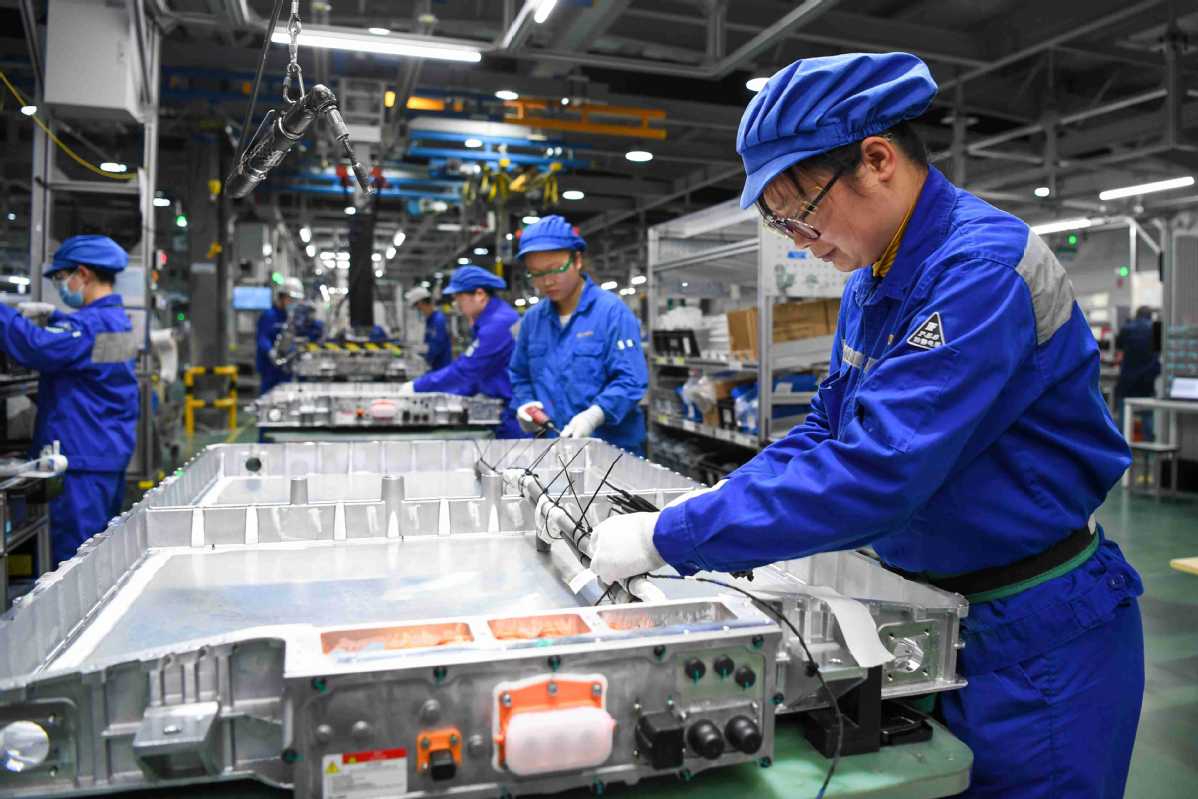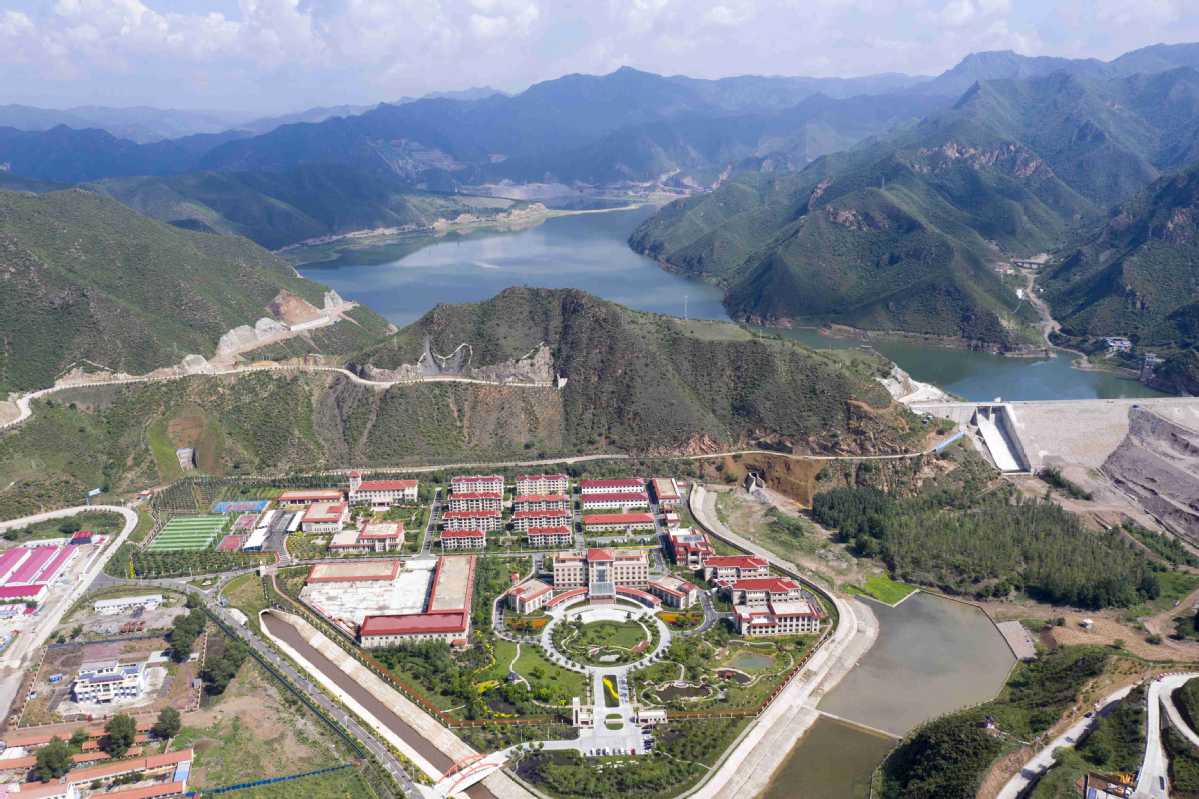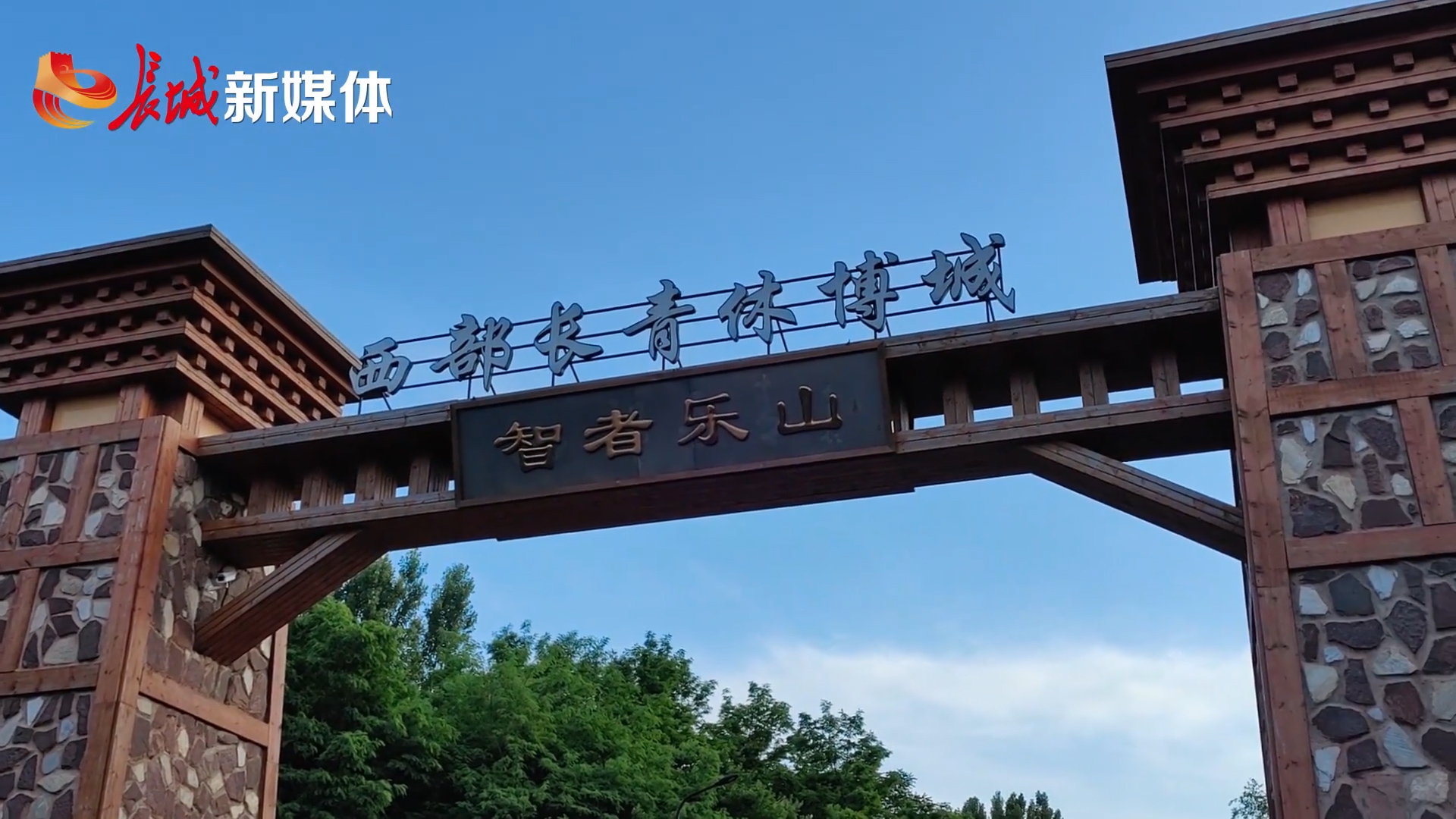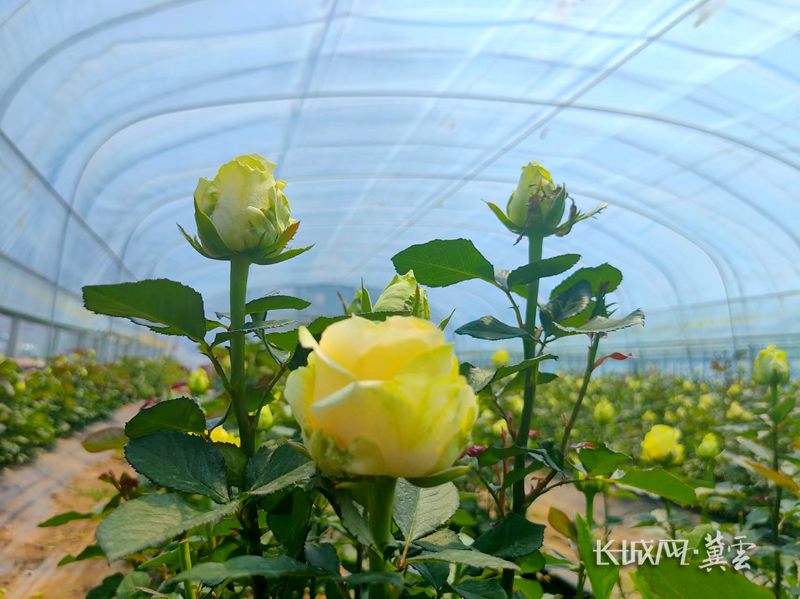
Employees work on a production line of new energy vehicle batteries in Changzhou, Jiangsu province, on Feb 16. [Photo/Xinhua]
Hydroelectric facilities totaled 8.8 million kW in installed capacity last year, leading to safe, stable power generation
Amid rolling hills and tranquil valleys in Hebei province nestles a grand structure. Capable of harnessing the power of nature and storing and releasing energy as needed, the structure — Fengning Pumped Storage Power Station — is known as the world's largest "power bank".
In the valley where the station stands, a pair of reservoirs have been constructed at different elevations. When there is excess energy in the grid, the station uses that energy to pump water from the lower reservoir to the higher one. And when there is a surge in demand for electricity, the station releases the stored water to generate electricity, just like a power bank discharges its energy to charge a phone.
Since being put into operation, the station has stored and generated 1.4 billion kilowatt-hours of electricity over the past 14 months, supplying electricity sufficient for a year's use for about 500,000 households.
In the past year, 28 facilities for storing power using hydroelectricity, like the Fengning plant, were put into operation, totaling 8.8 million kW in installed capacity, said the China Electricity Council.
As the country continues to move toward a more sustainable energy mix with renewables taking up an increasing share, China's power storage industry is experiencing rapid growth.
As a conventional form of power storage, pumped hydro — which makes up 77.6 percent of the country's total power storage projects — saw its installed capacity reach 45.79 million kW by the end of 2022, ranking tops worldwide, the council said.
The development of new types of power storage like lithium-ion batteries is also on a fast growth track. The latest data from the National Energy Administration showed that as of the end of 2022, the installed capacity of new energy storage projects put into operation nationwide had reached 8.7 million kW, with an average energy storage time of about 2.1 hours, an increase of over 110 percent from the end of 2021.
"Differing from fossil fuels, new energy power generation has higher requirements for the safe and stable operation of power systems. That's because most new energies are intermittent resources, which undergo sudden and random fluctuations. This makes it difficult to realize stable and steady power generation. In addition, it presents challenges to grid stability, such as voltage fluctuations, during power transmission," said Lin Boqiang, head of the China Institute for Studies in Energy Policy at Xiamen University in Fujian province.
In the past, fossil fuels like coal were virtually the only source of electricity, and many grid operators did not store energy because it could be an expensive undertaking. Instead, grid operators had dispatch centers that consistently managed supply to meet demand, and would burn additional coal to ramp up power generation during peak hours.
However, as concerns about climate change and resource depletion grew, the focus of power generation is gradually shifting toward renewable energy resources, such as solar and wind. The problem with these modalities is that they are intermittent and not always available when needed.
The power storage systems being developed in China can store vast amounts of energy generated from renewable sources, such as solar and wind, making it possible to use this clean energy even when the sun isn't shining or the wind isn't blowing. This will help mediate the intermittency issue that has been a major challenge in the widespread adoption of renewable energy.
With massive wind and solar projects set to be installed in the Gobi Desert and other arid areas, the development of power storage is becoming more prominent.

An aerial view of Fengning Pumped Storage Power Station in Zhangjiakou, Hebei province, in June 2020. ZOU MING/FOR CHINA DAILY
According to estimates from the China Renewable Energy Engineering Institute, with more than 200 pumped-storage hydropower stations to be installed during the 14th Five-Year Plan (2021-25) period, its total installed capacity will reach 62 million kW by 2025.
Li Sheng, head of the China Renewable Energy Engineering Institute, said that China has reached the world's leading level in dam construction, anti-seepage designs for reservoirs, dealing with complex underground caverns and many other aspects in the sector of pumped hydro.
Power storage has also been listed as a focus this year in many regions. Guangdong province announced in its government work report this year that it will accelerate the planning of pumped-storage hydroelectricity projects and the launch of battery projects. It has also vowed to step up development of new types of power storage systems.
Fujian province has also vowed to accelerate the construction of pumped-storage hydroelectricity stations and support Contemporary Amperex Technology Co Ltd to build a world-class battery industry cluster.
Liu Changyi, deputy general manager of State Grid Xinyuan Co Ltd — a major pumped-storage hydroelectric company — said that the industry will enter a new stage of development and usher in great opportunities during the 14th Five-Year Plan period.
Liu said the company aims to actively tap the trend by having a batch of relevant projects to start, construct and put into operation, and will scale up investment in this field.
As of the end of May last year, State Grid Xinyuan had 23 pumped-storage hydroelectricity stations in operation, with an installed capacity of 24.67 million kW, accounting for 61 percent of the nation's total. It had another 31 pumped-storage power stations under construction, totaling 42.13 million kW in capacity and accounting for 77 percent of the nation's total.
China's development of new types of power storage is also on a fast track. Liu Yafang, an official with the NEA, said at a recent news conference that in the past year, the NEA and the National Development and Reform Commission have launched a series of policies to promote the development of new types of power storage. It has also established a national industrial regulation system for new types of power storage and promoted the setup of demonstrative projects.
"The characteristics of new energy storage complement traditional energy storage technologies, providing more options for the construction of new power systems. Compared with traditional pumped hydro storage, new energy storage has the advantages of flexible site selection, short construction period, rapid and flexible response, and diverse application scenarios. It can complement pumped hydro storage and address the randomness and high volatility issues brought by the integration of new energy sources into the power system," Liu said.
As of the end of 2022, the proportion of lithium-ion battery energy storage in newly installed capacity of new energy storage was 94.5 percent, according to the NEA.
Chinese companies, including battery leaders CATL and BYD, are also making significant investments in the development of power storage technology. They have been working on developing new types of batteries with higher energy density and a longer life span, which are critical for the commercialization of renewable energy.
Most recently, CATL announced it will license its electric vehicle battery technologies, without disclosing which generation, to US automaker Ford Motor, after the latter announced an investment in a Michigan, US-based EV battery plant.
CATL topped the world's battery makers with an installed capacity of 191.6 gigawatt-hours in 2022, taking up a global market share of 37 percent. The company has continued to lead globally in terms of installed battery capacity for six consecutive years, according to SNE Research, a market research and consulting service provider based in South Korea.
BYD was tied for second place worldwide with LG Energy Solution, each with installed capacities of around 70.4 GWh last year, with the Chinese firm's rise representing a significant year-on-year increase of 167.1 percent, and a global market share of 13.6 percent.
Of the world's top 10 battery makers in terms of installed capacity last year, six were from China, SNE said.
Editor: Song Lifang






